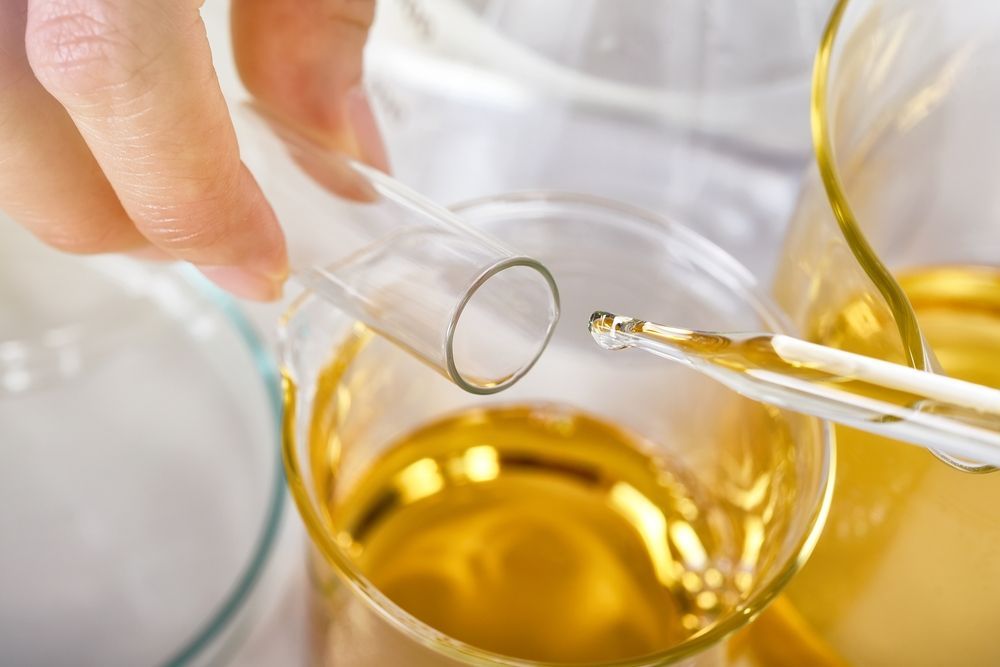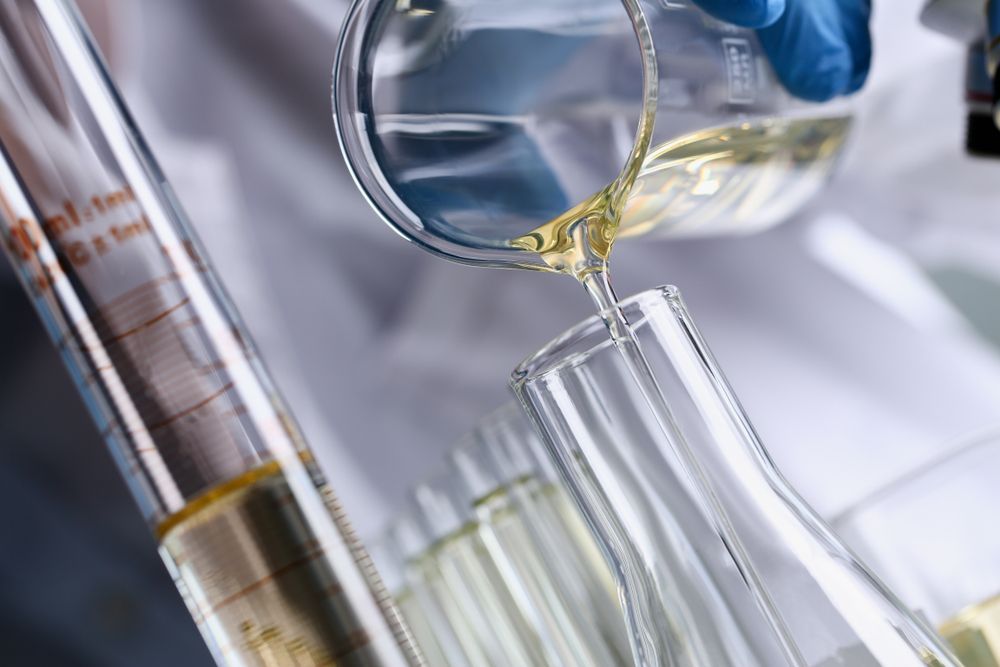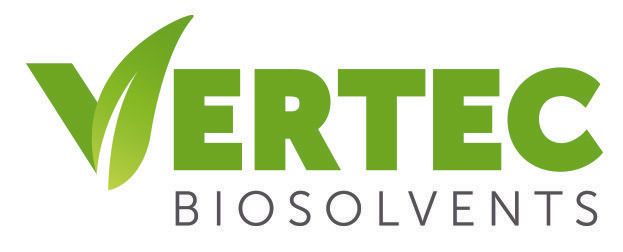Solvent Recovery vs Solvent Distillation
Written by: Vertec BioSolvents™

Businesses, laboratories, and manufacturers are facing increasing pressure to make their operations more environmentally friendly. One of the primary areas of concern is the enormous quantities of solvents they use on a daily basis. Solvent recovery and solvent distillation can help reduce the impact of solvents by allowing you to reuse them rather than throwing them away.
Before you can adopt a solvent distillation or recovery system, you'll need to have a clear understanding of what sets them apart. This post reviews the key differences between the two processes and gives you guidance on how to decide which is the best option for your needs.
What Is Solvent Recovery?
Also known as solvent extraction, solvent recovery is the process of isolating chemical compounds based on their solubilities. You can use solvent recovery equipment to separate hazardous or unnecessary materials from usable solvents.
Methods and Applications
Solvent recovery is a multi-stage process during which you separate the solvent into its components and remove the waste. Once the process is complete, you're left with a clean solvent that you can reuse.
Some of the most common methods of solvent recovery include adsorption, membrane separation, and liquid-liquid extraction. Because solvents are useful in a variety of industries, recovery is also popular for many different types of organizations, such as:
- Pharmaceuticals
- Manufacturing
- Vegetable oils
- Perfume
- Food
- Cosmetics
- Mining
Depending on your industry and needs, you can recover a wide range of solvents. The possibilities include acetone, isopropyl alcohol, methanol, butanol, and blanket wash.
Benefits
The solvent recovery process allows you to recycle and reuse solvents rather than discard them. This offers a variety of benefits, including decreasing the risk of environmental damage and production of hazardous waste.
Because businesses can limit the amount of new solvents that they have to buy, they can also achieve substantial cost savings. Most importantly, they can do so without worrying that the quality will have negative or harmful effects. When your recovery equipment works properly, the recovered solvent should be nearly identical to original solvent products.
What Is Solvent Distillation?
Solvent distillation uses heat and pressure to separate solvent components, removing contaminants and creating high-quality recycled solvents. There are several types of solvent distillation, including:
- Vacuum
- Simple
- Zone
- Steam
- Fractional

Simple and fractional are the most common for solvent recycling. When using fractional distillation, you'll separate mixtures of two liquids that have different boiling points. By heating the chemical compounds to their boiling point, the distillation system can vaporize specific compounds in the liquid and separate the solvent into separate parts.
The next step is cooling and re-condensing the usable components of the solvent so that you can use them again. The remaining waste is in its own container so that you can dispose of it as necessary.
As with solvent recovery, the ultimate goal of solvent distillation is to obtain a solvent that's essentially indistinguishable from a new product. This helps you minimize harmful effects on the environment and limit the amount of solvents you have to purchase.
Key Differences Between Solvent Recovery and Solvent Distillation
Although solvent recovery and distillation have similar purposes, they're not one and the same. Knowing the differences between them is essential when deciding what type of system you want to use in your operations.
Processes
The most obvious characteristic that separates these two processes is the fact that distillation can only purify a substance when it's in its liquid phase. It begins by heating a liquid mixture to form a vapor and then cooling it, leaving the purified liquid.
Recovery, on the other hand, can purify a substance regardless of whether it's a liquid or solid. As a result, it's appropriate for use in a wider range of industries and applications.
Applications
Although multiple types of businesses or manufacturers can use distillation, it's most common in the petroleum and solvent industries. For instance, organizations might use it to separate methanol and ethanol from water or acetic acid from acetone.
The use of solvent recovery is much more widespread. It's beneficial for food production, pharmaceutical, and fragrance companies, among others.
Factors Influencing the Choice Between Solvent Recovery and Solvent Distillation

Choosing the right solvent supplier can save your business time and money, and selecting the ideal solvent recycling process can do the same. Some organizations use both solvent distillation and solvent recovery, but others opt for one or the other.
If you're deciding between the two options, consider these central points:
- Cost: Distillation is generally more expensive, particularly when you're working with complex solvents. If keeping costs down is a top priority, recovery may be the better choice.
- Purity needs: In some cases, distillation might offer a higher purity level than recovery. Evaluate the specific solvents you want to recycle before deciding which system to use.
- Sustainability: Distillation is more energy-intensive than recovery. As a result, solvent recovery is usually preferable if you want to reduce your energy use and limit your environmental impact as much as possible.
- Efficiency: Recovery is usually less time-consuming than distillation. Companies that want to make their operations more efficient might struggle with the lengthy distillation process.
- Space: Small businesses with limited space may not have enough room for distillation equipment. It tends to be larger than other types of solvent recycling systems.
Regardless of whether you use recovery or distillation, you can enhance your sustainability by switching to safe solvents. Using green solvents makes solvent recycling eco-friendly from start to finish, while also protecting your employees and your bottom line.
How Can VertecBio Help?
VertecBio offers a line of eco-friendly products that replace traditional, petroleum-based solvents. With our green solvents and a quality solvent recovery or solvent distillation system, you can reach your sustainability goals and contribute to a cleaner planet for future generations.
If you're searching for environmentally friendly products, our unique solvent formulations are an ideal solution. Contact our team to learn more about bio-based solvents, solvent recycling, and working safely with solvents.
Request a Sample
Looking to find the right product for your application?
Request a Sample
Looking to find the right product for your application?
All Rights Reserved | Vertec BioSolvents Inc.
Privacy & Terms


